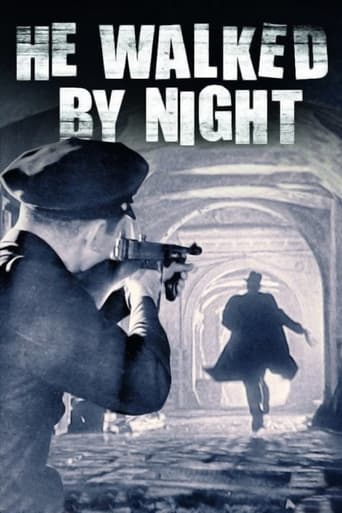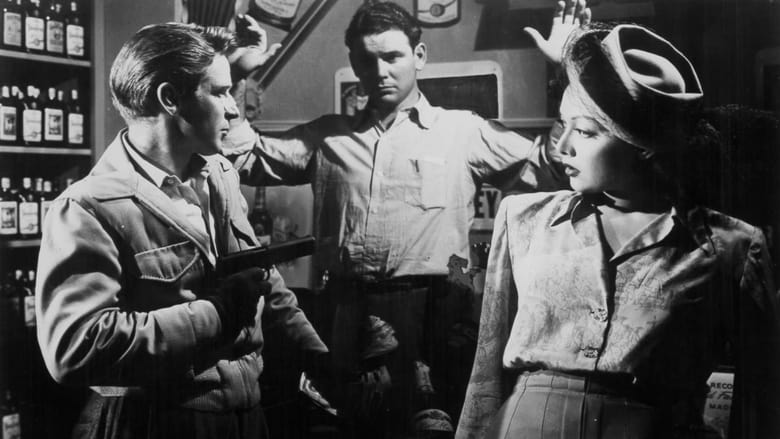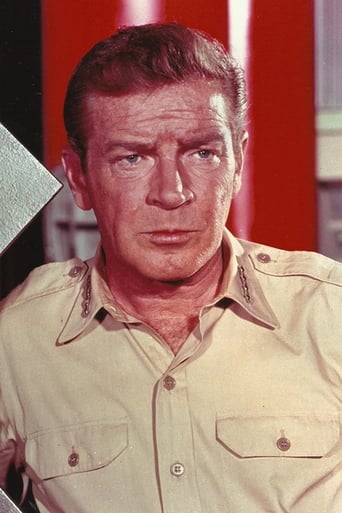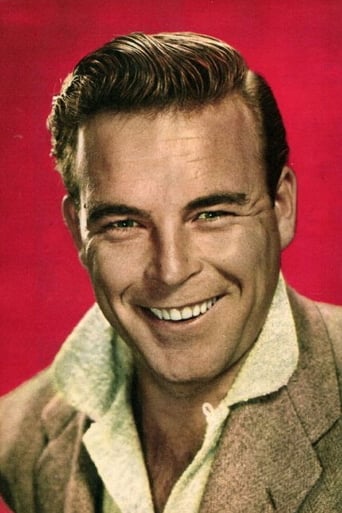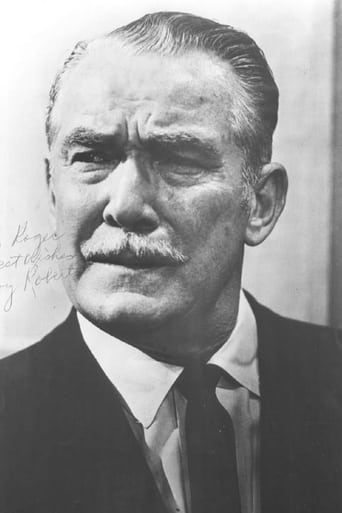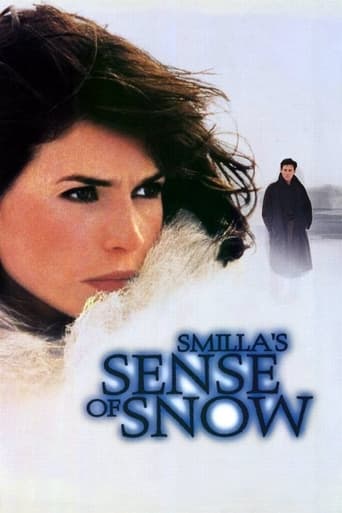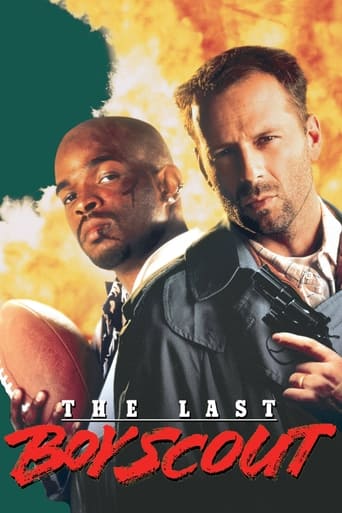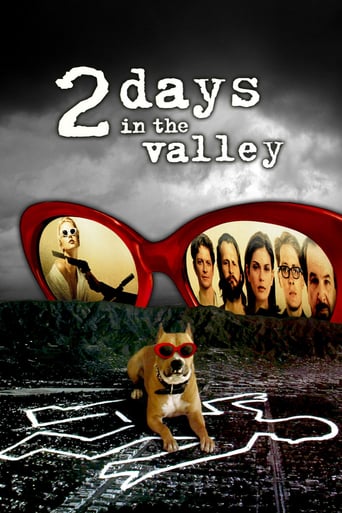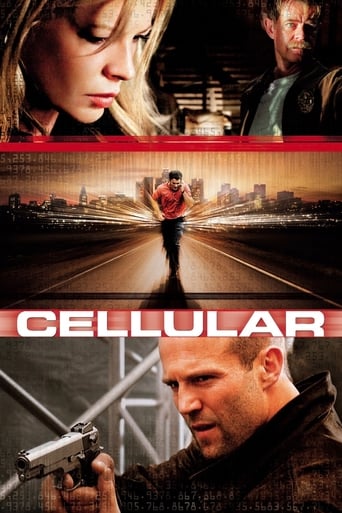He Walked by Night (1949)
This film-noir piece, told in semi-documentary style, follows police on the hunt for a resourceful criminal who shoots and kills a cop.
Watch Trailer
Cast
Similar titles


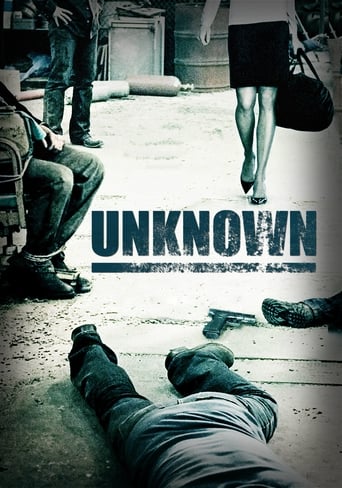
Reviews
It's no definitive masterpiece but it's damn close.
How sad is this?
Although I seem to have had higher expectations than I thought, the movie is super entertaining.
Blistering performances.
This film-noir piece, told in semi-documentary style, follows police on the hunt for a resourceful criminal who shoots and kills a cop.What makes this film interesting: During production, one of the actors, Jack Webb, struck up a friendship with the police technical adviser, Detective Sergeant Marty Wynn, and was inspired by a conversation with Wynn to create the radio and later television program "Dragnet".But also, this is the fictional version of a true story that is not well-remembered today. A Los Angeles police officer went on a crime spree, and had some bizarre ideas about war and death rays. The film is rather tame in comparison.
He Walked by Night" is a 1948 black-and-white film noir crime drama that was shot in semi-documentary style and inspired one of the film's actors, Jack Webb, to create the radio and later television program Dragnet, which the film clearly resembles. This movie seems to be ahead of its time in several ways. Unlike other crime dramas of the thirties and forties, there is a lack of hammy dialog, no girl with a heart of gold standing behind her man - either criminal or police officer, and no background information given explaining the criminal's motivation, or any of the other plot gimicks that run from the early talkie gangster films into the crime dramas of the post-war era. Also, there is no mystery for the audience to solve, as the actions of the police and the criminal are clearly shown to the audience. The only question is when and how their paths will finally cross.Richard Basehart, who portrays criminal Roy Martin in this film, really owns the movie. He shines as a relentless sociopath whose only tender spot seems to be for his own dog. Because he doesn't associate with known criminals and lives quietly, he is exceptionally hard to track down. Basehart actually has very few lines, but he is great at expressing his state of mind through his gestures and facial expressions. The film's excellent cinematography surrounds Basehart's character with cold, deterministic pools of light and darkness so that he really does seem like some type of shadow of evil that has descended upon the city. The killer in the film was actually based on real-life criminal Erwin Walker. However, wanting to concentrate on both the crime solving techniques involved and the habits of the criminal, this interesting and lengthy backstory was omitted to keep the film tight and fast paced.Erwin Walker was a brilliant student at the California Institute of Technology, a radio dispatcher for the police department in his native Glendale, and something of a hero as a lieutenant in charge of a radar unit on Okinawa during World War II. Walker returned from overseas duty deeply disturbed, and set out on a crime spree of more than a dozen holdups and burglaries to raise money for construction of a "death ray machine" that he thought would somehow make another war impossible. Twice Walker shot his way out of police traps, escaping through the labyrinth of storm drain pipes under Los Angeles and eventually killing a police officer. He was sentenced to death, but was later found to be insane by prison psychiatrists, and his execution was postponed indefinitely. California governor Pat Brown commuted his sentence to life in 1961, and in 1971 Walker was granted a new trial due to his original confession having been found to be coerced. Remarkably, he was acquitted at the second trial, changed his name, married, and took a job as a chemist somewhere in Southern California, never to be heard from publicly again.Thus, just or unjust, the inspiration for this movie had quite a different outcome than the villain in the film. Of course, in 1948, nobody would have dared write such a screenplay and have expected to ever work in Hollywood again.I had always considered Cagney's portrayal of Cody Jarrett in White Heat (1949) to be the first real off-the-wall psycho killer in a major film. But I now think that distinction should probably go to Basehart's portrayal of Erwin Walker in this movie. It's obviously a matter of opinion, but I can't think of a killer this menacing in a film prior to 1948.
Complete with V.O. narrative, this Dragnet-style police procedural describes the pursuit of a killer, and is based on the real-life crime spree of Erwin Walker (played by Richard Basehart). The story is set in Los Angeles in the late 1940s.This is not a whodunit. We see the killer's face early in the film. The plot is more of a cat-and-mouse game between the cops and the criminal, with the criminal usually two steps ahead of the cops. Midway through, this cat-and-mouse game plays out nicely in night scenes with minimal dialogue. Roughly two-thirds of the plot involves police making efforts to find the guy; the other third involves the criminal in his activities and his attempts to evade capture. One thing that detracts from the story is that although this criminal was a killer, most of the crimes recounted in the plot involve robbery and burglary, and that renders the story less intense."He Walked By Night" is one of the first, if not the first, films to use composite drawings as a procedure to identify the perp. The film also has the distinction of being the production that led to the Jack Webb TV series "Dragnet" in the 1950s. Webb plays a small part in this film as a lab technician.Lots of shadows and stark B&W lighting yield interesting noir visuals. But the film stock is poor. Best visuals occur toward the end where the plot is set in a series of underground storm drains. The visual effects of flashlights, together with echoes in these cavernous tunnels, render some of the most evocative scenes in the film.Music is intermittent and nondescript. Acting is acceptable. The V.O. narrative is overbearing and annoying at times. It's obvious that the story is told, and the script is written, from the POV of the L.A. police department, not from Hollywood scriptwriters. As such, the overall tone is cold and clinical.A story that's based mostly on robberies and burglaries, and an annoying V.O. narrative, combine to make the film less intense and more dated than contemporary films. Yet "He Walked By Night" has some significant distinctions that make it important historically. And the script is interesting because the events really happened. It's worth at least one viewing, especially for viewers who like true-life crime stories.
Allegedly based on a true story. Base in LA of yesterday...not today.More or less directed like an episode o Dragnet. I used to love Dragnet when I was a kid and they had it in re runs on local TV.Unfortunately this movie feels very dated.The plot:In the Post-World War II, in Los Angeles, a criminal shoots and kills a police officer in the middle of the night. Without any leads, the chief of the LAPD assigns Sgt. Chuck Jones and Sgt. Marty Brennan to investigate the murder and apprehend the culprits. When the dealer of electronics devices, Paul Reeves, is caught selling a stolen projector, the police identifies the criminal, and connects him to other unsolved robberies. Using the witnesses of his heists, they draw their face, but the true identity of the smart and intelligent criminal is not disclosed. The perseverance of Sgt. Marty Brennan in his investigation gives a clue where he might live.
